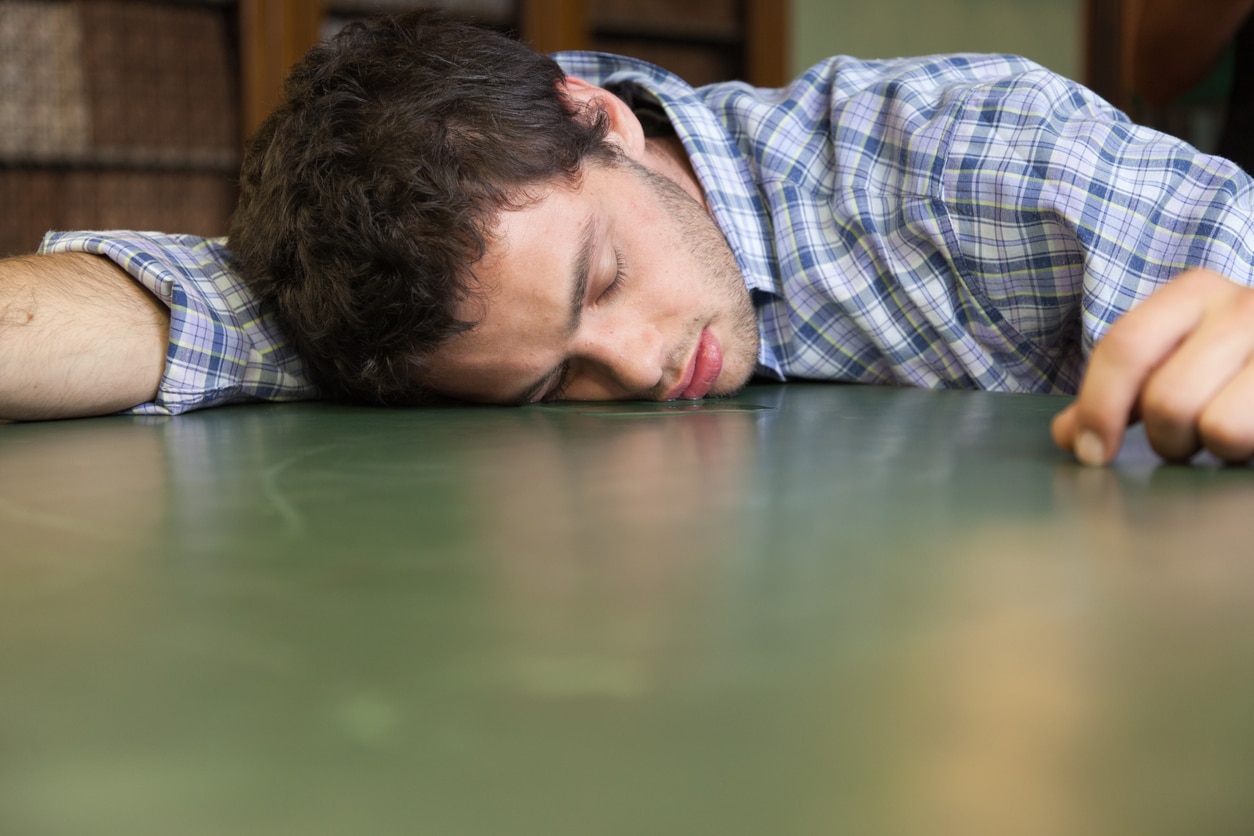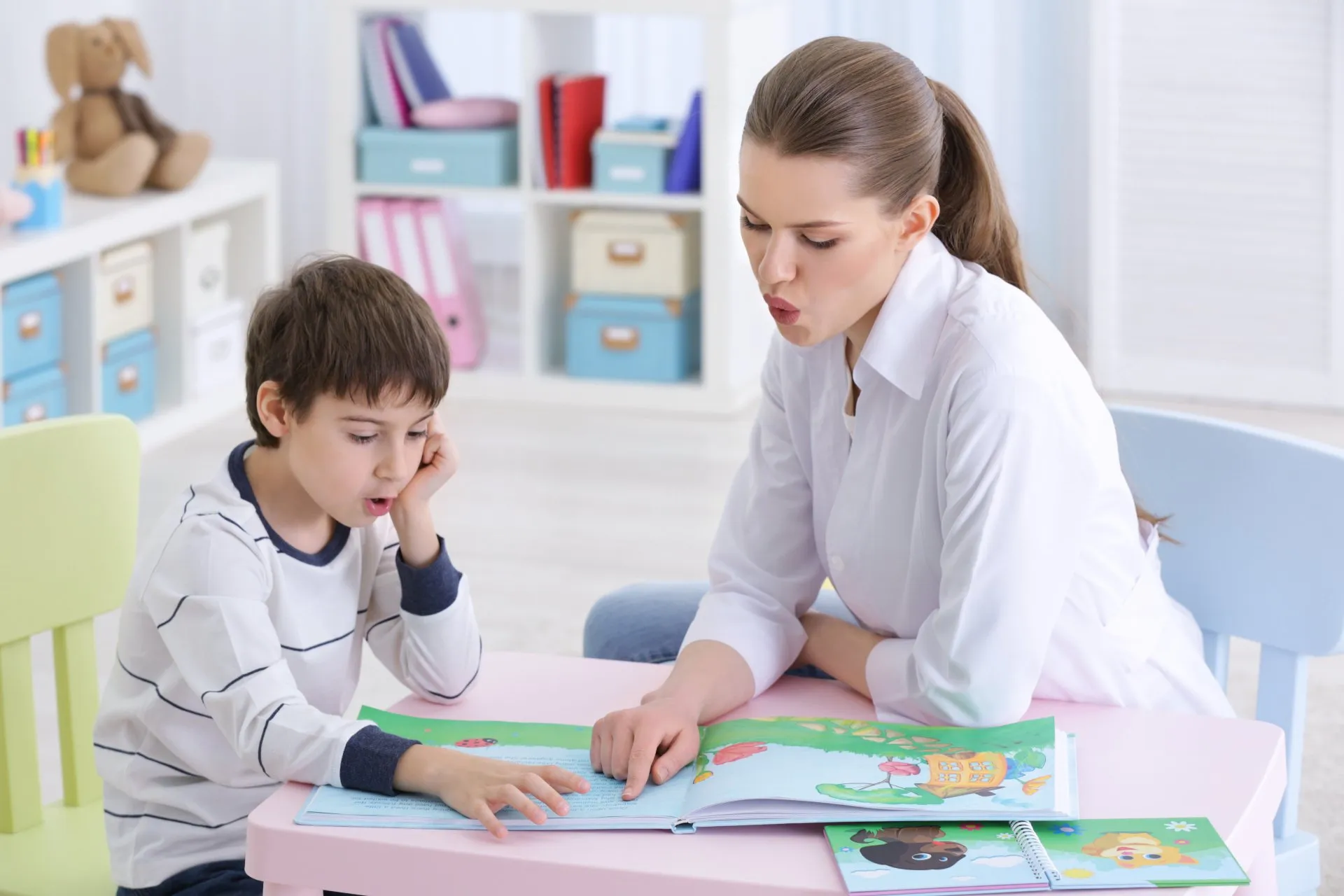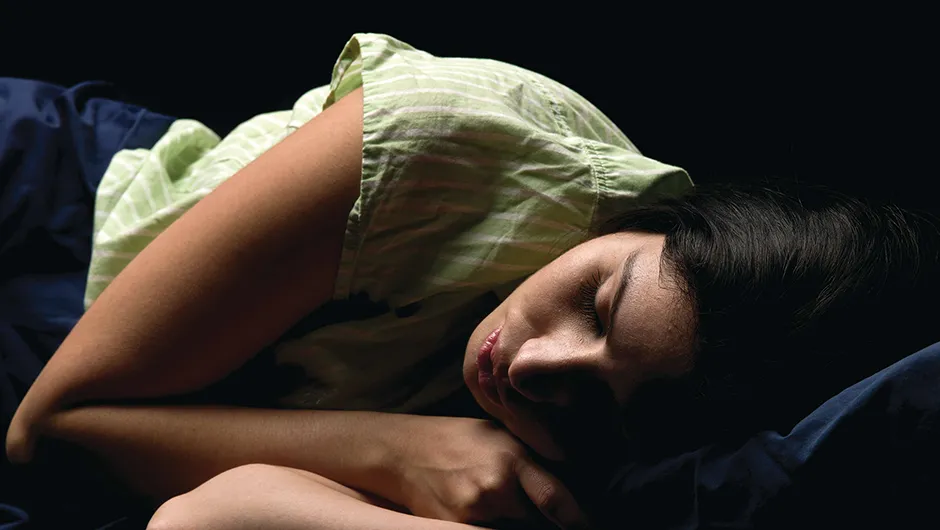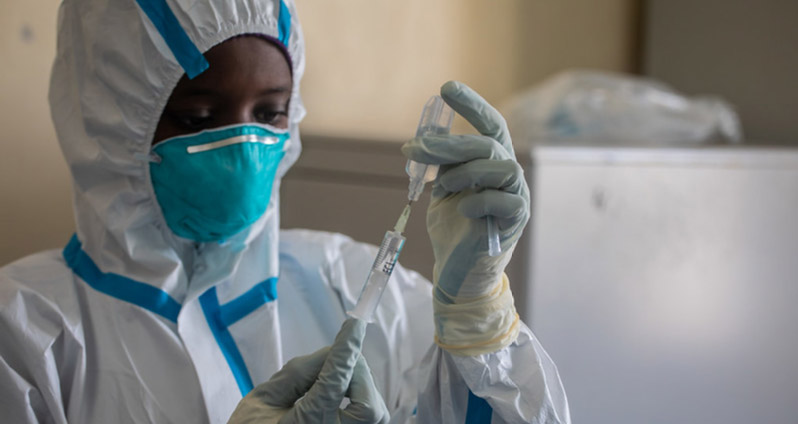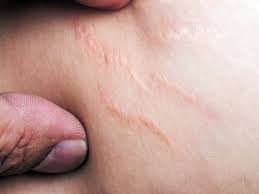Drooling, also known as sialorrhea or excessive salivation, is a common issue that can affect anyone, regardless of age. It’s essential to understand the causes, symptoms, and treatment options to manage drooling effectively.
Causes of Drooling
1. Neurological disorders: Conditions like cerebral palsy, Down syndrome, Parkinson’s disease, and stroke can affect the brain’s ability to control saliva production and swallowing.
2. Dental problems: Issues like teething, tooth decay, or gum disease can cause excessive salivation.
3. Medications: Certain medications, such as anticholinesterases, can increase saliva production.
4. Hormonal changes: Hormonal fluctuations during pregnancy, puberty, or menopause can lead to increased salivation.
5. Gastroesophageal reflux disease (GERD): Stomach acid reflux can trigger excessive salivation.
6. Anatomical issues: Problems with the mouth, tongue, or lips can affect swallowing and lead to drooling.
Symptoms of Drooling
1. Excessive saliva production: Noticeable increase in saliva production, often resulting in drooling.
2. Wet clothing or bedding: Frequent wetting of clothing or bedding due to uncontrolled drooling.
3. Skin irritation: Skin irritation or rashes around the mouth, chin, or neck due to constant exposure to saliva.
4. Social embarrassment: Drooling can cause social embarrassment and affect self-esteem.
Prevention of Drooling
1. Good oral hygiene: Regular brushing, flossing, and dental check-ups can help prevent dental problems that contribute to drooling.
2. Manage underlying conditions: Treating underlying conditions like GERD or neurological disorders can help reduce drooling.
3. Avoid triggers: Identify and avoid triggers that can exacerbate drooling, such as certain foods or medications.
4. Practice good posture: Maintaining good posture can help reduce drooling by allowing saliva to flow more easily down the throat.
Cure for Drooling
Treatment for drooling depends on the underlying cause. Some options include:
1. Medications: Anticholinergic medications, such as scopolamine or glycopyrrolate, can reduce saliva production.
2. Behavioral therapy: Techniques like lip closure and swallowing exercises can help improve oral motor skills and reduce drooling.
3. Dental treatments: Dental appliances or orthodontic treatment can help improve oral anatomy and reduce drooling.
4. Surgery: In some cases, surgery may be necessary to address underlying anatomical issues or reduce saliva production.
Home Remedies for Drooling
1. Chew gum or suck on hard candy: Stimulating saliva production and swallowing can help improve oral motor skills.
2. Drink plenty of water: Staying hydrated can help thin out saliva and make it easier to swallow.
3. Avoid sugary or acidic foods: These types of foods can trigger excessive salivation.
4. Use a saliva-absorbing product: Products like bibs or absorbent pads can help manage drooling.
By understanding the causes and symptoms of drooling, individuals can take steps to manage and prevent excessive salivation. If you’re experiencing persistent or severe drooling, consult with a healthcare professional for proper diagnosis and treatment.


